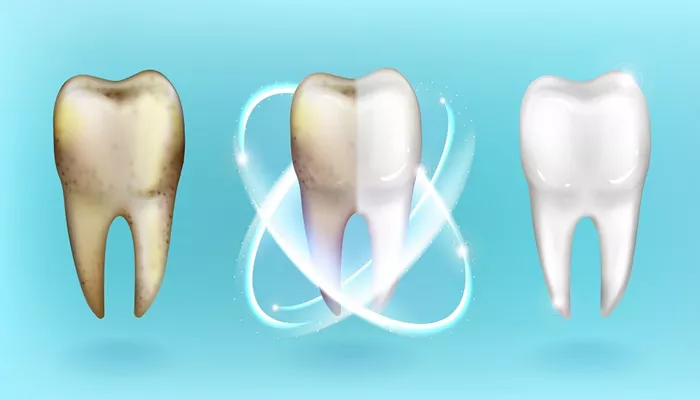Tooth enamel, the outermost layer of the teeth, is crucial for protecting them from decay and damage. Despite its strength, enamel can erode due to various factors such as acidic foods, sugary drinks, and poor oral hygiene. While tooth enamel cannot regrow naturally, it can be strengthened and protected through a process known as remineralization. This article will delve into the methods and strategies for rebuilding and maintaining healthy tooth enamel.
Understanding Tooth Enamel
Tooth enamel is composed primarily of hydroxyapatite, a mineral containing calcium and phosphate. It serves as the first line of defense against physical and chemical damage, making it essential for maintaining dental health. However, enamel lacks living cells, which means it cannot regenerate once damaged. Therefore, proactive measures are necessary to protect and restore enamel.
Why Enamel Health Matters
Enamel plays several critical roles in maintaining the health and appearance of teeth:
Protection: Enamel shields the dentin and pulp from decay and sensitivity.
Aesthetics: Healthy enamel contributes to a brighter, more vibrant smile.
Functionality: It helps maintain the structural integrity of teeth, ensuring proper chewing and biting functions.
How to Rebuild Tooth Enamel Naturally
Rebuilding tooth enamel involves a combination of good oral hygiene practices, dietary adjustments, and the use of specific dental products.
1. Remineralizing Toothpaste
Using toothpaste with minerals like calcium phosphate and fluoride is effective for remineralizing enamel. Fluoride toothpaste strengthens teeth and makes them more resistant to acid attacks. Products containing hydroxyapatite can also form a protective layer on the teeth, reducing sensitivity by covering small cracks and holes in the enamel.
2. Improving Diet
Reduce Acidic Foods: Limit intake of citrus fruits, tomatoes, and vinegar-based items, as they can weaken enamel. Rinse your mouth with water after consuming these foods to minimize damage.
Avoid Sugary Drinks: Soft drinks, sports drinks, and fruit juices are high in sugar and acid, leading to enamel erosion. Opt for water, milk, or unsweetened tea instead.
Increase Calcium, Phosphorus, and Vitamin D Intake: Foods rich in these nutrients support enamel health and remineralization.
3. Hydration and Saliva Production
Drinking plenty of water helps maintain saliva flow, which naturally contains minerals like calcium and phosphate that aid in remineralization. Chewing sugar-free gum can also stimulate saliva production.
4. Regular Dental Checkups
Regular visits to the dentist are crucial for early detection of enamel erosion and for receiving professional advice on maintaining healthy enamel.
Advanced Methods for Enamel Restoration
In cases where enamel erosion is more severe, advanced dental procedures can be employed:
1. Dental Bonding
This cosmetic procedure involves applying a resin to the affected tooth, which is then hardened and polished. Bonding is suitable for mild cases of enamel erosion and can enhance the appearance and strength of the teeth.
2. Crowns
For more severe enamel damage, a crown can be applied to cap the tooth. This procedure not only protects the tooth but also improves its appearance and functionality.
3. Sealants and Films
Dentists can apply sealants or special films to protect the enamel and prevent further erosion. These methods provide an additional layer of protection against decay.
Emerging Technologies in Enamel Restoration
Researchers are exploring innovative methods to rebuild tooth enamel, including the development of lozenges that use genetically engineered peptides to deposit new layers of enamel. These lozenges could potentially rebuild enamel while whitening teeth, offering a promising future for enamel restoration.
Conclusion
While tooth enamel cannot regrow naturally, it can be strengthened and protected through remineralization and other dental interventions. By adopting a healthy diet, using remineralizing toothpaste, and maintaining good oral hygiene, individuals can significantly enhance their enamel’s resilience. Advanced dental procedures like bonding and crowns offer solutions for more severe cases of enamel erosion. As technology advances, new methods for rebuilding tooth enamel may become available, providing even more effective ways to maintain a healthy, vibrant smile.
In summary, rebuilding tooth enamel requires a comprehensive approach that includes lifestyle changes, the use of specific dental products, and professional dental care. By understanding the importance of enamel and taking proactive steps to protect it, individuals can ensure the long-term health and beauty of their teeth.

